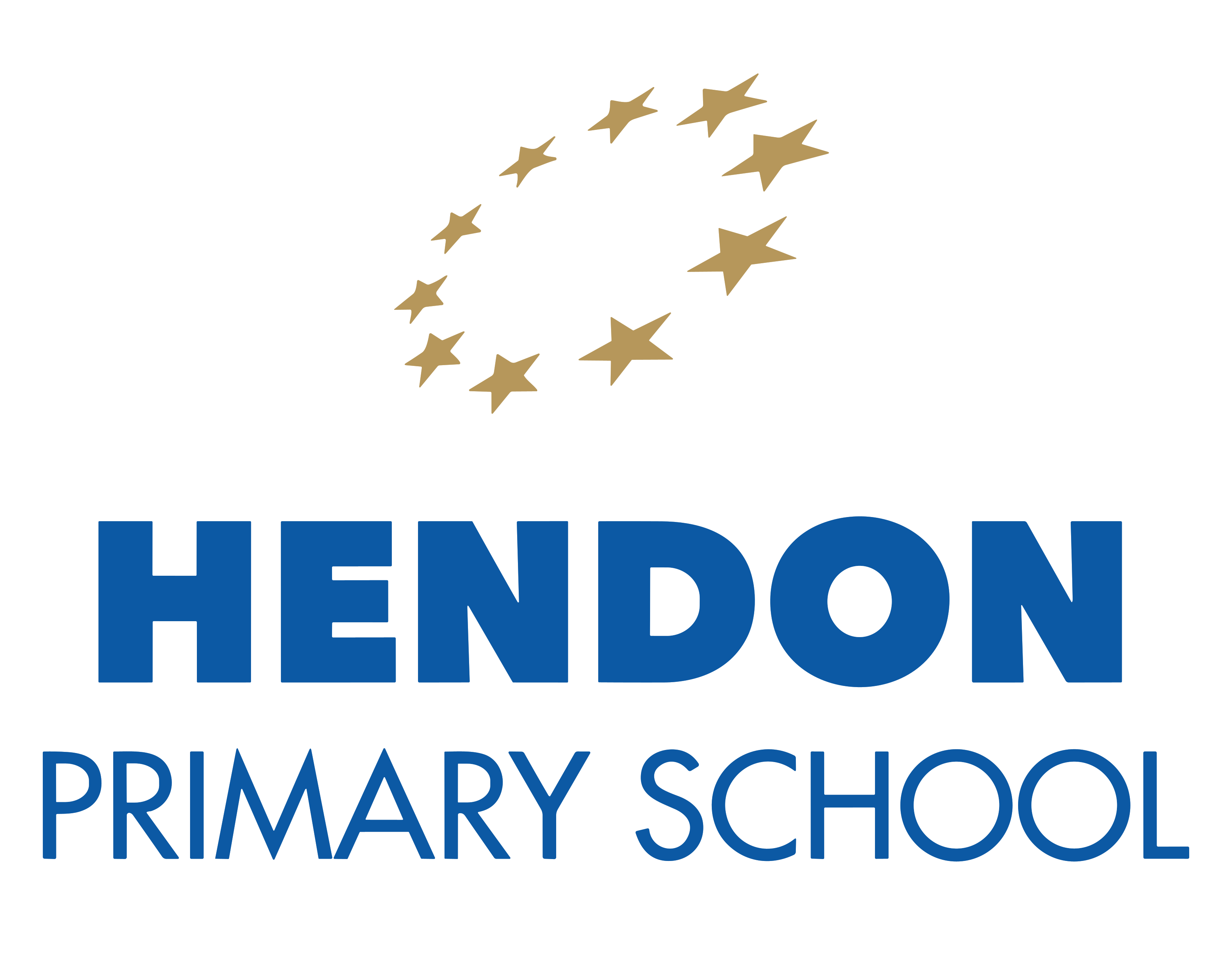Curriculum
The Australian Curriculum is taught in our school.
We use the curriculum to:
- plan student learning
- monitor and assess student progress
- report student progress to parents
- support student wellbeing.
The curriculum learning areas are:
- English
- mathematics
- science
- humanities and social sciences – history, geography, economics and business, civics and citizenship
- the arts – dance, drama, music, media arts, visual arts
- technologies – design and technologies, digital technologies
- health and physical education
- languages.
Visit curriculum in South Australia for more information.
English
Studying English is crucial for students as it helps them analyse, understand, and communicate effectively. This fosters confidence, imagination, critical thinking, and informed citizenship. Proficiency in Standard Australian English is essential for active participation in various aspects of life, both locally and globally. The English curriculum encourages creative and critical engagement with literature, exploring human experiences, cultural significance, and ethical issues. It emphasises diverse perspectives, including those from First Nations Australian voices. English education is vital for developing literacy skills necessary for education, training, and the workplace, shaping young individuals into ethical, informed, and active members of society, contributing to Australia’s future.
Keeping Safe: Child Protection Curriculum
The Keeping Safe: Child Protection Curriculum (KS:CPC) is required for all children and young people in our school. It’s taught each year by teachers who have completed a full-day KS:CPC training course.
It teaches children to:
- recognise abuse and tell a trusted adult about it
- understand what touching is appropriate and inappropriate
- understand ways of keeping themselves safe.
Visit Keeping Safe: Child Protection Curriculum information for parents and carers for more information.
Health and Physical Education
Health and physical education help kids become healthy, active, and informed citizens who positively impact their well-being and communities. In today’s changing world, it’s crucial for every young Australian to thrive as a safe, active, and knowledgeable individual. The core involves learning movement skills, concepts, and strategies, empowering students to confidently participate in various physical activities. Movement is not just exercise; it’s a powerful way for students to learn personal, social, and cognitive skills, setting the stage for a lifetime of physical activity. In this subject, students also develop personal and social skills through interaction in both classroom and movement settings. They use health resources to improve well-being and learn about factors influencing health, safety, relationships, diversity, inclusion, consent, and respect in various social situations.
Mathematics
Math is crucial for your child’s success. It teaches important skills in numbers, algebra, measurement, space, statistics, and probability – called numeracy. These skills are vital for everyday life, work, and being a responsible citizen. In math class, your child learns useful skills and appreciates the beauty and reasoning behind math. The curriculum helps them use math in various situations, showing its connection to other subjects and its evolution over thousands of years.
In today’s tech-filled world, math is key for understanding and making sense of things. It builds skills like pattern recognition, visualisation, spatial reasoning, and logical thinking – crucial for many careers, especially in STEM fields.
Math isn’t just about memorising formulas; it’s about applying knowledge in creative ways. Teachers make math class interesting and challenging, preparing students for success in various careers, including STEM.
Science
Science is an exciting journey that helps us understand the world. In class, students learn important concepts and processes that contribute to our society. It equips them with knowledge and skills to tackle issues locally and globally. Learning science nurtures curiosity and allows students to experience the excitement of discovery.
Studying science develops critical and creative thinking skills, extending beyond the classroom. It helps students engage with important issues, consider different viewpoints, and make well-informed decisions.
Science is a key part of a diverse workforce in STEM fields, enhancing literacy, problem-solving, and collaboration. These skills open doors to various careers, not only in STEM but also in other fields. Science education prepares students for real-world challenges and a range of fulfilling careers.
The Arts
The arts are a vital part of human expression and diverse cultures, including First Nations Australians. Through the arts, people share stories, ideas, and understanding, engaging our senses and allowing us to imagine, celebrate, communicate, and challenge our perspectives.
Participating in quality arts experiences is not just enjoyable; it enriches our social and emotional well-being, helping us use our imagination and reach our creative potential. Each art subject in the Australian Curriculum has its own language and practices, allowing learners to play, explore, question, and imagine new possibilities.
The arts provide diverse learning opportunities, helping students understand themselves and others while exploring cultures and histories. Students communicate meaningful ideas through various arts forms, connecting with arts organisations and professionals.
In the arts, students express their ideas, thoughts, and opinions, developing aesthetic knowledge. The creative and critical processes in each arts subject are essential to learning, fostering creative, confident, compassionate, and resilient individuals who can make a positive impact in their communities.
